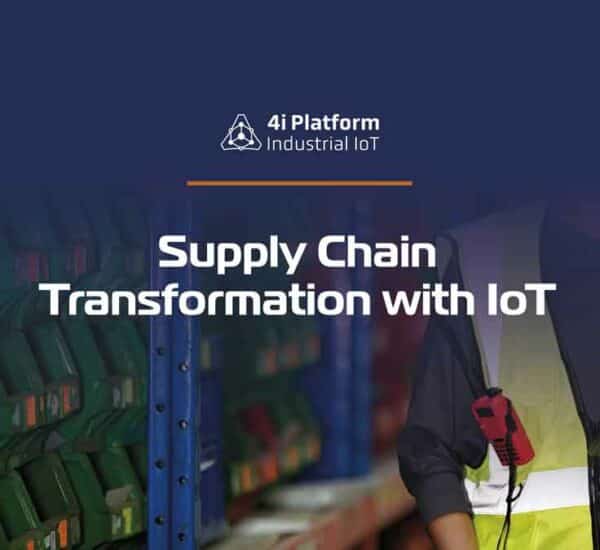The Industrial Internet of Things (IIoT) is a subset of the Internet of Things (IoT). The IoT is the collection of computers, devices, and machines that are embedded with software, sensors, and other means to transmit and exchange data through the Internet.
It gives a handful of objects an opportunity to be accessed and controlled remotely by properly storing information in the cloud where it can be shared with end users.
The Industrial IoT is ultimately the IoT for industry sectors including manufacturing, energy, transportation, aviation, and logistics. The ability to access and use data with increased speed and efficiencies will give industries and towns an opportunity to leverage this combined knowledge for better products and better service to communities.
Examples include:
- Expanding on-demand services
- Creating smarter production
- Providing better connectivity between products, machines and users
It is estimated that IIoT will be worth over $120 billion by 2021 and 12 trillion by 2030.
The two primary IIoT categories are Industry 4.0 (the fourth industrial revolution) which is just for manufacturing and the Industrial Internet Consortium, founded in 2014, which includes more industries.
The Advantages of Industrial IoT
IIoT will expand the following abilities across industry sectors:
- Connectivity: because more information can be easily shared. Workers, customers, business communication, and business strategies will be more robust because every part of the business will be able to help every other part. Ultimately, better connectivity will mean better business choices.
- Scalability: because resources and information are being shared.
- Cost savings: because of the ability to better address safety and repair issues.
- The creation of new business models improved productivity and better analytics.
- Better supply chain efficiency.
- The IIoT should also help industries meet and exceed green energy goals.
Common IIoT Issues
For an assortment of industries to be able to communicate with each other, standard technology protocols need to be structured. Just because devices can speak does not mean they are compatible.
Compatibility can’t come at the price of a security. MQTT (Message Queueing Telemetry Transport) protocol is becoming an Industrial IoT standard, in part because it is viewed as a secure platform. Open-source platforms are assisting in creating standard protocols.
Get to Know How IIoT is Helping Transform the Ways Industries Do Business
If your company operates in manufacturing or any industry sector, Industrial IoT is more than an incredible option for saving costs and increasing opportunities. For a majority of businesses, it will become a necessity as more industries participate.





